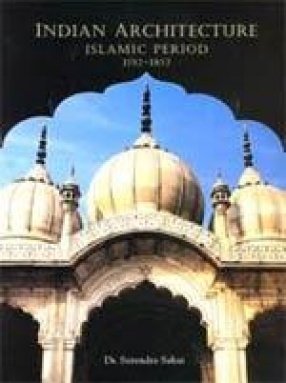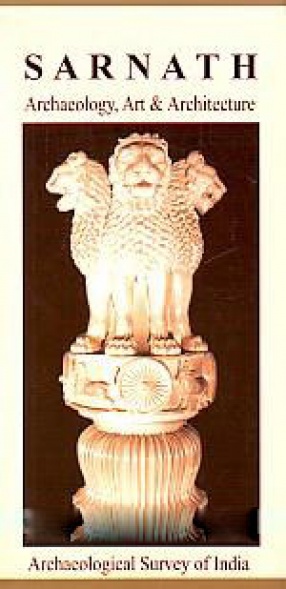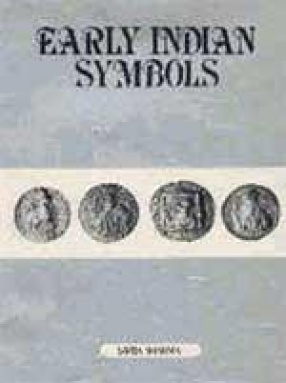This book atempts to showcase in a readable style, the history of India Architecture of the Islamic period, from the founding of hte Delhi Sultanate in 1193 to the end of hte Mughal rule in 1857. The advent of Islam in India was followed by a titanic clash of two vastly different cultures and architectural styles, of realism and idealism. It was an epoch-making event. The book traces how, during the nedxt six centuries, various Islamic ruling dynasties all over India evolved and created their own unique architectural idiom. The early Turkish Sultans of Delhi introduced the forms of hte dome and arch into the Indian architectural tradition. The Sharqi rulers of Jaunpur, the Ahmad Shahis of Gujarat, hte Bahmani Sultans of Gulbarga and Bidar, the Qutb Shahis of Golconda and the Adil Shahis of Bijapur, all created great regional variations of hte Imperial architectural style of Delhi. The Mughals erected glorious monuments in Delhi and Agra, ncorporating elements from indigenous architectural forms. The present book cover the architecture of the entire period of Muslim rule in hte country till it was replaced by hte British. Complex architectural forms are explained in a lucid style, and the book is the best introduction to India's Islamic Architecture.
Indian Architecture: Islamic Period (1192-1857)
In stock
Free & Quick Delivery Worldwide
reviews
Bibliographic information
Title
Indian Architecture: Islamic Period (1192-1857)
Author
Edition
1st ed.
Publisher
ISBN
8172340575
Length
164p., Plates; Figures; Glossary; Bibliography; 29cm.
Subjects








There are no reviews yet.